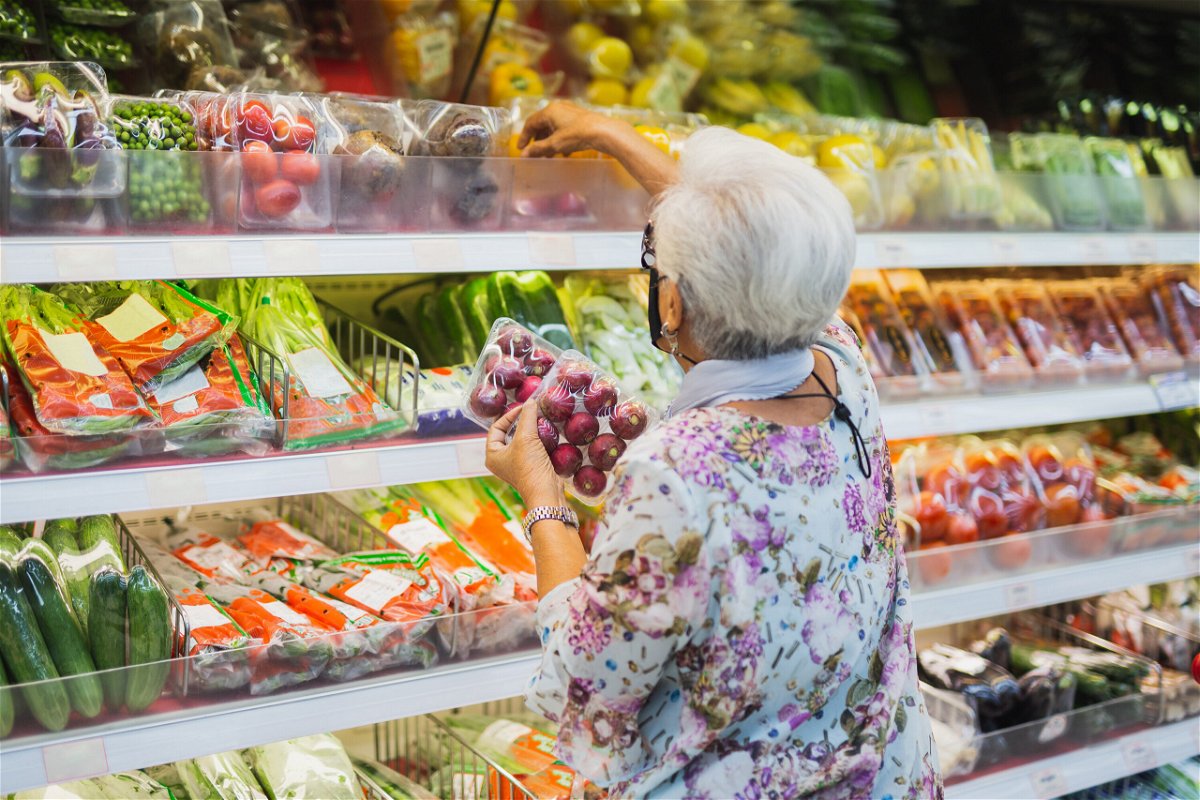As more coupons move online, older and low-income shoppers get left out

As more coupons move online
By Nathaniel Meyersohn, CNN Business
Susie Ingram has been a coupon-clipper all her life.
“It has saved me a lot of money over the years,” said the 62-year-old resident of DeBary, Florida. She clips coupons and redeems them at her local Winn-Dixie supermarket to save on cereal, toilet paper, coffee, and snacks for her grandson, whom she is helping raise.
But over the past two years, Ingram said she has seen fewer deals. That’s because some of Winn-Dixie’s coupon offerings have moved exclusively online. At first, Ingram noticed that it was only a couple items, but now it’s grown to dozens, including meat and produce.
Ingram has tried several times to download the store’s app to redeem these coupons. But she isn’t tech savvy and gave up.
She spends around $125 a week on groceries and said she’d save up to $30 a week if she were able to redeem the digital coupons — money that would go toward paying for clothing for her grandson, gas and cat food. The highest inflation in decades is taking a bite out of her paycheck and every dollar counts.
“If you’re not 20-something with an expensive cell phone to do this, then too bad,” she said.
Ingram’s mother, who is 82 years old and lives off her Social Security benefits, struggles to use a cell phone and also is unable to take advantage of these digital coupons.
The Ingrams are part of a large group of digitally challenged shoppers unable to access online coupons.
As some manufacturers and stores cut back on printing weekly coupons and move more deals online, these shoppers are getting left out.
According to Pew Research Center, 39% of people 65 and over do not own a smartphone, and 25% don’t use the internet. Additionally, 24% of adults with household incomes below $30,000 a year don’t own a smartphone, while 41% don’t have a computer. This means that millions of older and low-income shoppers — the people who often depend on coupons the most to stretch their dollars — are shut out of deals only available to online shoppers.
“This is a new hurdle for shoppers in store,” said Edgar Dworsky, a consumer advocate and founder of Consumer World, who has documented this trend. “Isn’t this the worst time to be paying higher prices? We’re not talking about pennies.”
Dworsky checked 50 top supermarkets’ weekly advertisements in June and found that two-thirds of them advertise digital-only deals. Many had doubled or tripled the number of digital-only deals offered compared to the same week a year ago.
To be sure, Winn-Dixie still offers the Ingrams and other customers who aren’t online ways to save.
The chain mails out printed coupons to customers’ homes, has them on receipts, and has kiosks in stores where customers can enter the phone number linked to their free store rewards card to print out personalized coupons. Customers can sign up for the rewards program by telephone, too.
“We are very sensitive to the pressure that today’s inflationary dynamic is putting on our customers, which is why we offer a variety of ways to save,” said a spokesperson for Winn-Dixie-owner Southeastern Grocers.
But many consumers are moving online, and grocers have responded by stepping up their digital rewards.
Some companies, such as Walgreens, stopped printing coupon catalogs and moved their weekly advertisements online. CVS stopped printing them for newspapers but some are still in stores.
In the second quarter of 2020, redemptions of digital coupons in the United States surpassed redemptions of the most common type of paper coupons for the first time, according to market research firm Inmar Intelligence.
“The growth of digital coupons is outpacing the growth of print coupons,” said Rob Wiesberg, the general manager of incentives at Inmar.
For stores, personalized digital coupons delivered to customers through their apps represent a more surgical option to reach customers than mass distribution through the newspaper.
Companies also get more data on customers when they download an app and can better track whether customers are responding to the coupons
“We used to have blunt instruments in the newspaper, where pricing had to go down for eight pages of items and whatever it was, and you had to release that six weeks before,” Dick’s Sporting Goods CEO Lauren Hobart said earlier this year.
But since the company has shifted its coupons to digital, “we are now literally making day-to-day decisions,” she said.
The-CNN-Wire
™ & © 2022 Cable News Network, Inc., a WarnerMedia Company. All rights reserved.